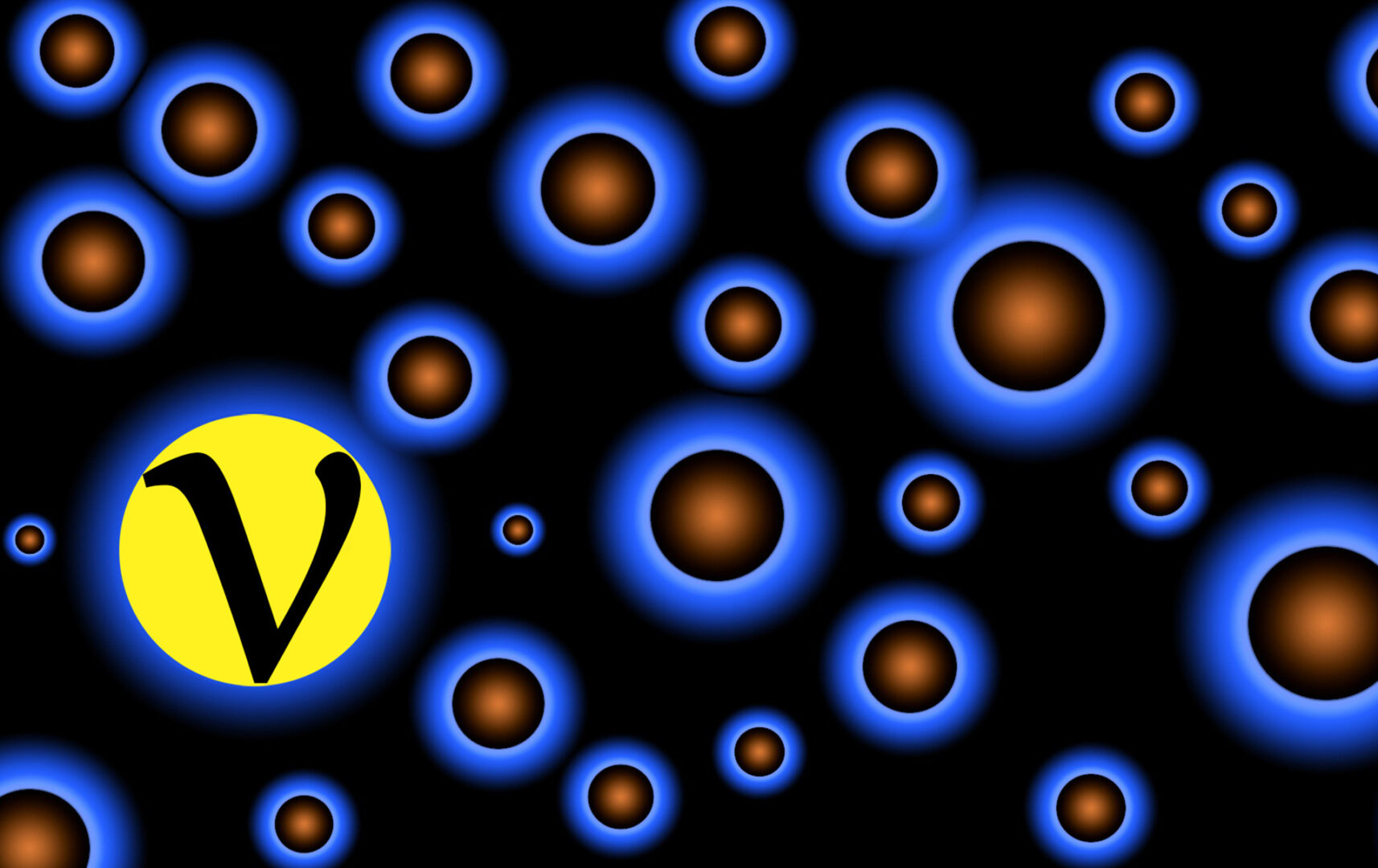Neutrinos are the smallest subatomic particles, i.e. elementary particles with a half-integer spin known as fermions. Like photons, neutrinos have zero electric charges. They are electrically neutral. And, thus the name “neutrinos”.
According to the laws of physics, if there is a particle, there must be an antiparticle. They are known as matter and antimatter. Similarly, neutrinos have their antiparticles as well. These are called antineutrinos.
Types of neutrinos
So far, three kinds of neutrinos have been discovered. And, these neutrinos have their antineutrinos as well.
- Electron neutrino (Antielectron neutrino)
- Muon neutrino (Antimuon neutrino)
- Tau neutrino (Antitau neutrino)
How neutrinos are formed?
The subatomic particles
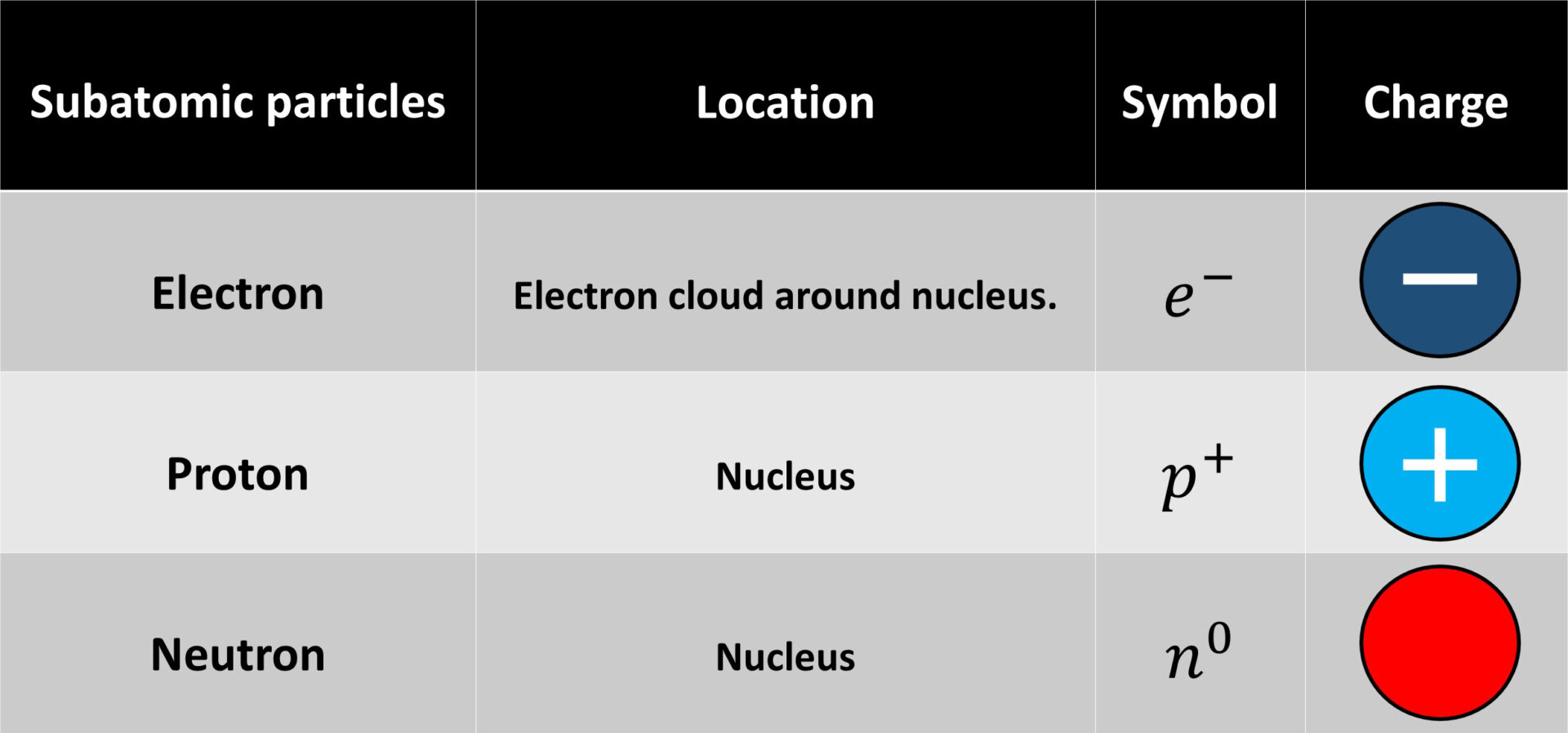
Let’s take a quick recap of the three basic subatomic particles that we all know. Electrons are negatively charged particles. Protons are positively charged particles. Neutrons are neutral. In any atom, protons and neutrons reside in the atomic nucleus. But, electrons revolve around the atomic nucleus.
Electron neutrinos
When a proton from the atomic nucleus attracts an electron from the innermost orbit, the negatively charged electron, and the positively charged proton combines together to form a neutron. This process is known as electron capture. As a result of this electron capture, an electron neutrino is created.
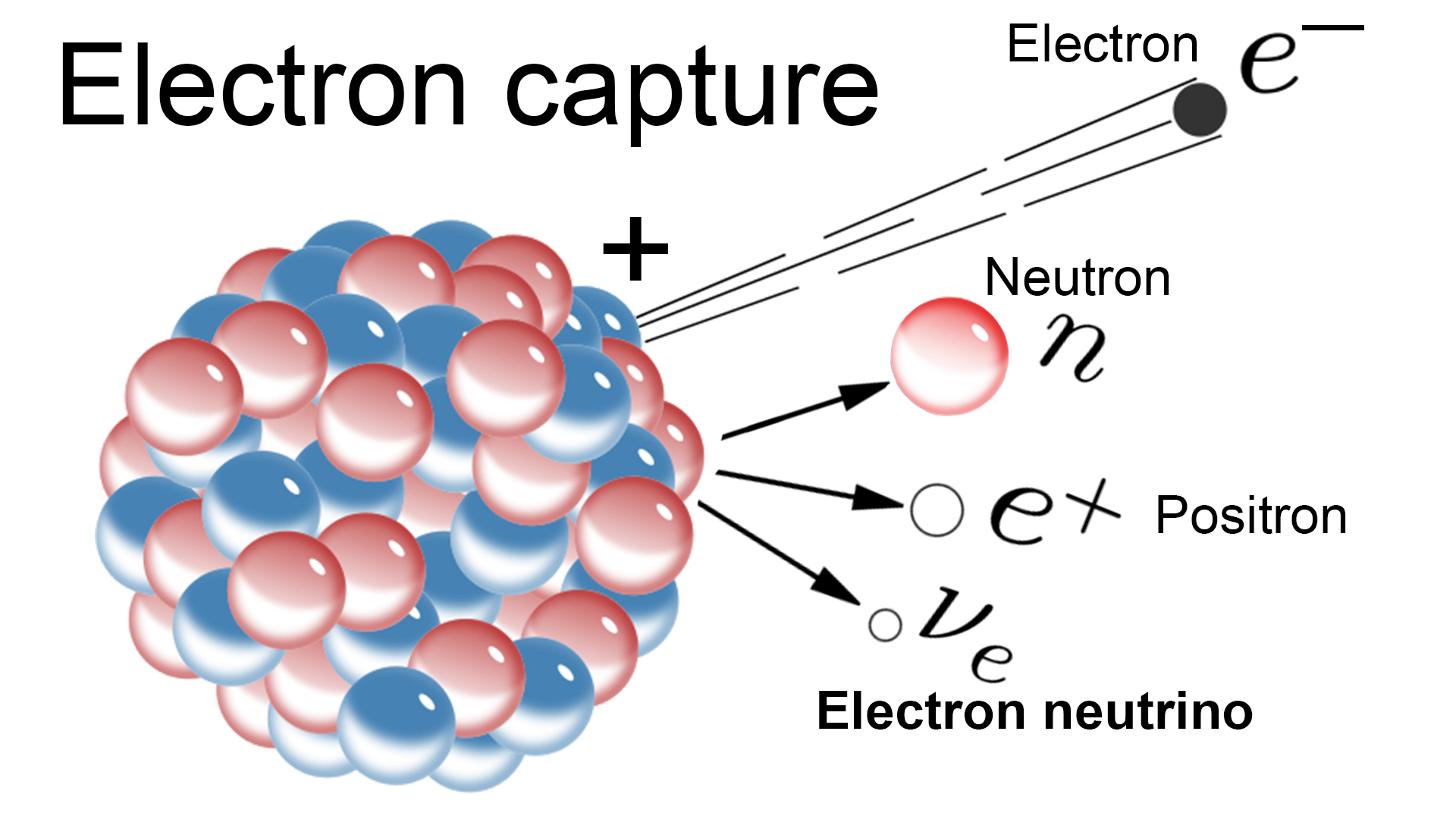
For example, consider an atom of Beryllium, its atomic number is 4. When a proton from the beryllium’s nucleus attracts an innermost electron, its atomic number gets reduced to 3, becoming lithium, an entirely different element.
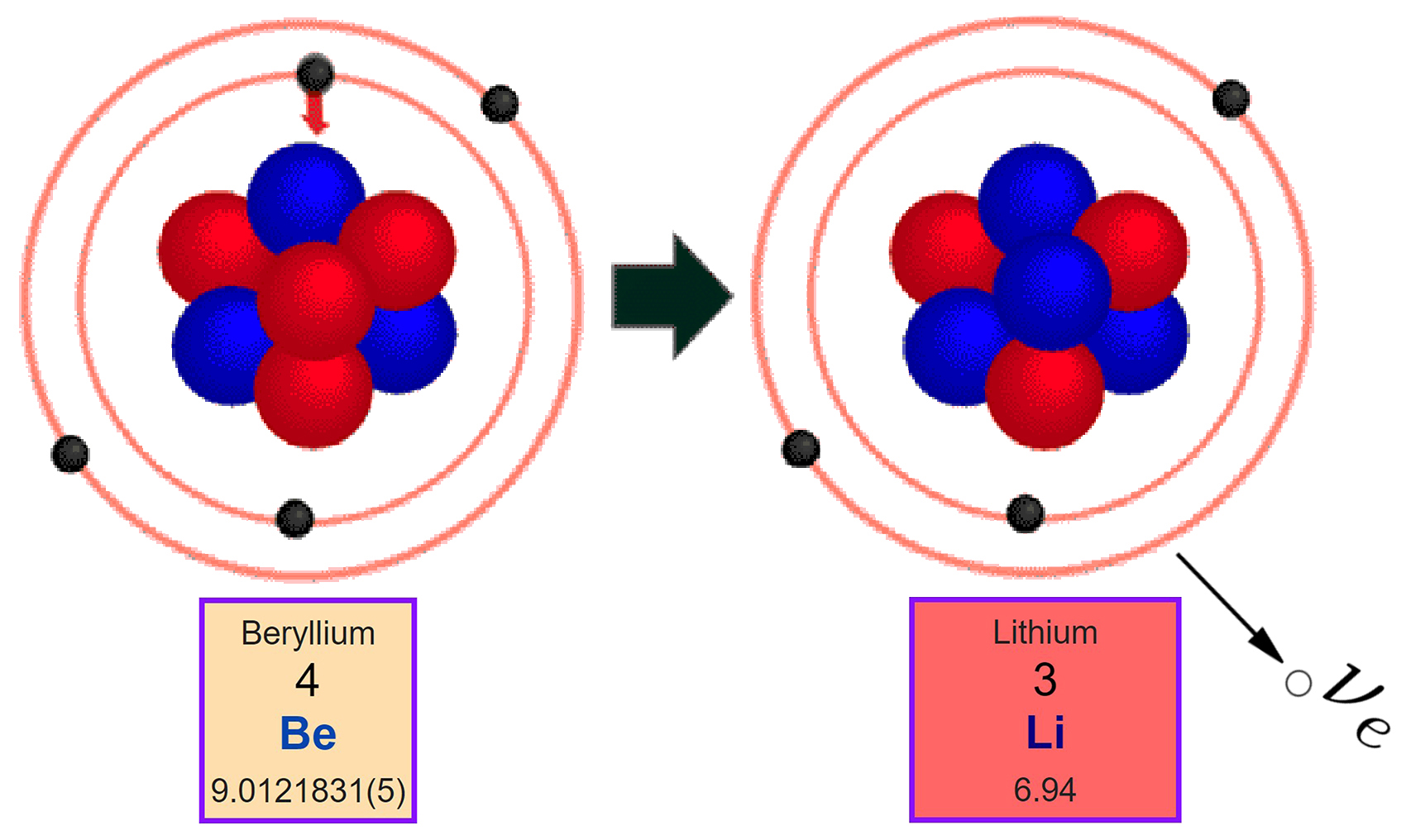

As a result of this process, an electron neutrino is released. When an element reduces its atomic number by 1 and becomes an entirely different element, the process is known as beta decay.
Muon neutrinos
Before going into muon neutrinos, we must learn about muons first. Like electrons, protons, neutrons, muons are elementary particles present in atoms. They have their antimuons as well.
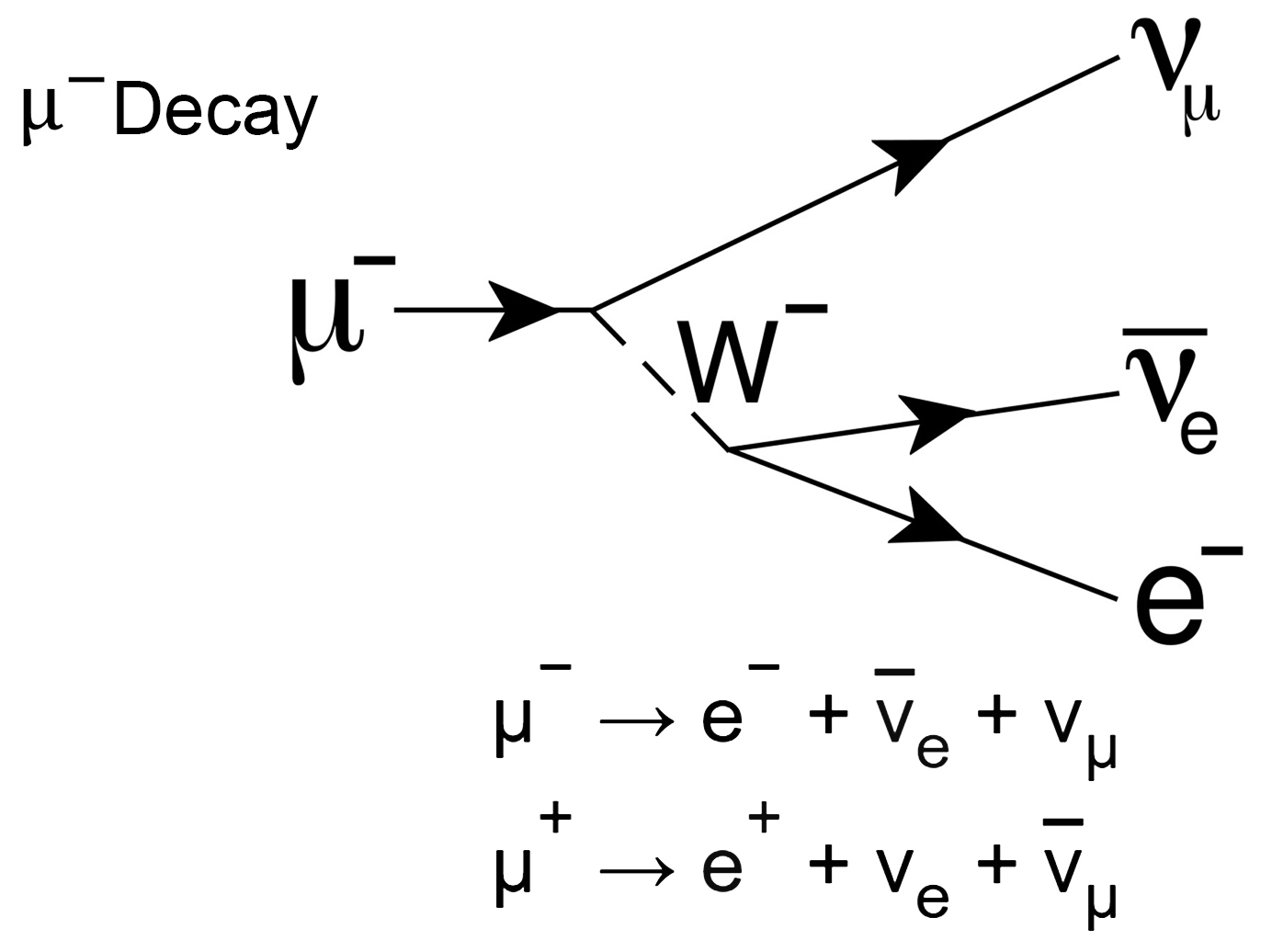
When these muons and antimuons undergo particle decay, an electron or a positron is released. If a muon decays, it releases an electron. And if an antimuon decays, it releases a positron. Positron is nothing but an antielectron. It is positively charged. Also, from this particle decay, an electron antineutrino or an electron neutrino is released. And, as a result, a muon neutrino or a muon antineutrino is created.
Tau neutrinos
Like muons, tau is also an elementary particle present in atoms. Like muons, tau is negatively charged. And they have their antitau particles as well.
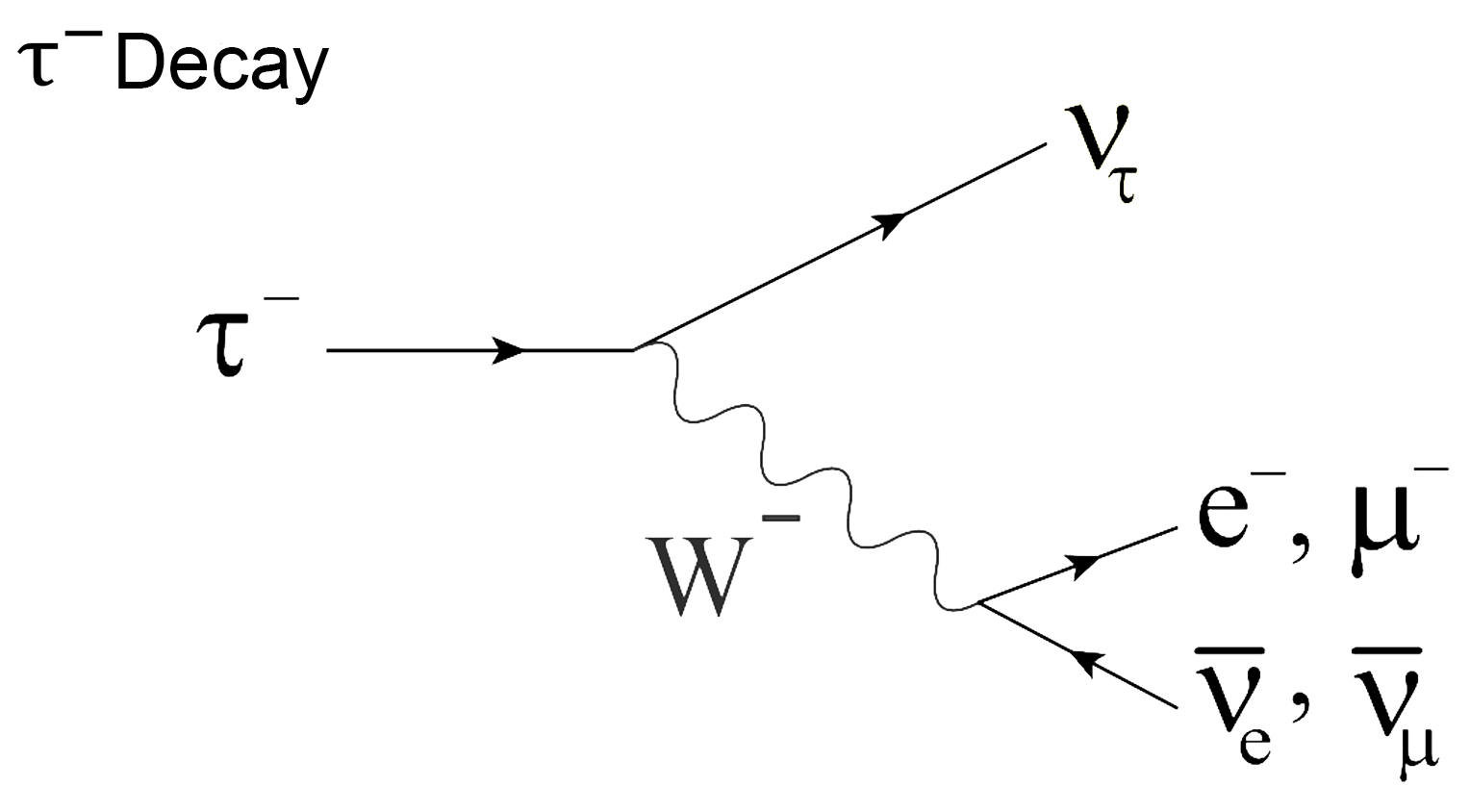
When these tau particles decay, it gives rise to an elementary particle called W boson. Also, it releases an electron and an electron antineutrino. Or a muon and a muon antineutrino are released. Also, a tau neutrino is created as a result. Similarly, when an antitau particle decays, it creates a tau antineutrino.
How neutrinos are detected?
As they interact very weakly with other particles, detecting neutrinos is a difficult task. So, neutrino observatories have to be very large in order to detect a considerable amount of neutrinos. Large neutrino observatories are being established around the world to study neutrinos. Most of these neutrino detectors are built underground to prevent any interference from other background radiation.
There are various neutrino detection methods. Some detectors use large volumes of water as a medium. They are usually surrounded by photoelectric cells (phototubes) that are very sensitive to light. So, when these neutrinos pass through the water at the speed of light, it creates an electron or muon, and Cherenkov radiation is emitted as a result. This Cherenkov light is detected by these phototubes. Chlorine, gallium, heavy water and a few other fluids are also being used as mediums to detect neutrinos.
IceCube neutrino observatory is one such example where a one-cubic-kilometer of clear polar ice in Antartica is used as a medium to detect neutrinos. They detect the Cherenkov radiation emitted as a result of the interaction between neutrinos and ice. As it is built deep underground in the south pole, interference from cosmic rays are minimal.
The significance of studying neutrinos
As these neutrinos have zero electric charges, they are unaffected by electromagnetic fields. So, it is a difficult task to detect and study neutrinos. Every second, about 100 trillion neutrinos pass through our body. But, we cannot see or feel it. So, where do these trillions of neutrinos originate from?
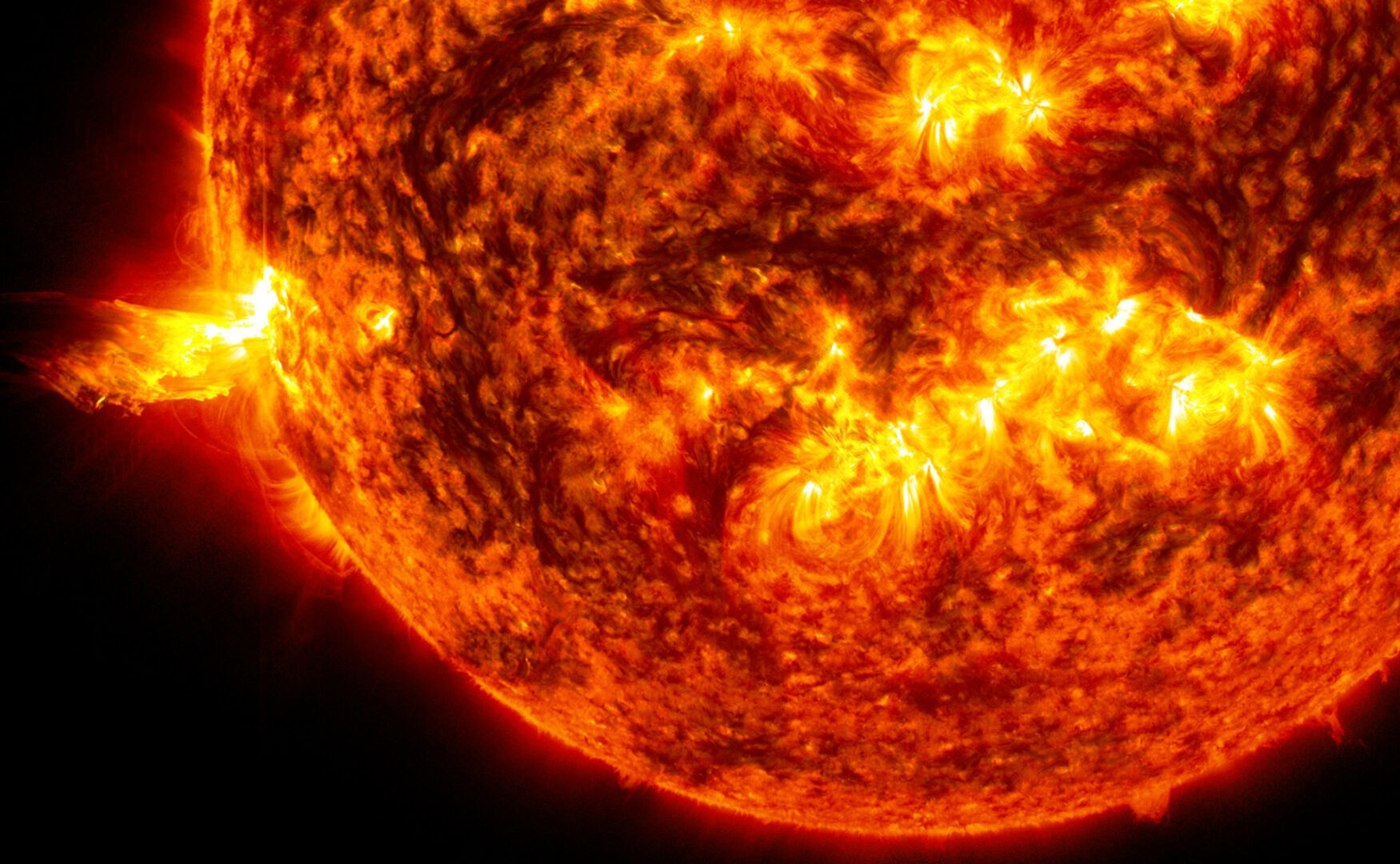
Originating from nuclear fusion reactions happening in the Sun and other stars, neutrinos are traveling throughout the universe. Supernova explosions and the spinning of pulsars are some of the other natural sources of neutrinos. Artificially, they are created by the nuclear reactions happening in nuclear reactors and particle accelerators on Earth. You may wonder, why are these neutrino observatories being established throughout the world?
By detecting and studying neutrinos, we can find answers to some of the unsolved fundamental questions of physics. We can learn about what’s going on in nuclear fusion reactions happening in the Sun and other stars. Shortly after our universe was created with a big bang, particles and antiparticles were equal. But somehow, all those antimatter suddenly vanished. We can find answers about the disappearance of antimatter by researching these neutrinos.
